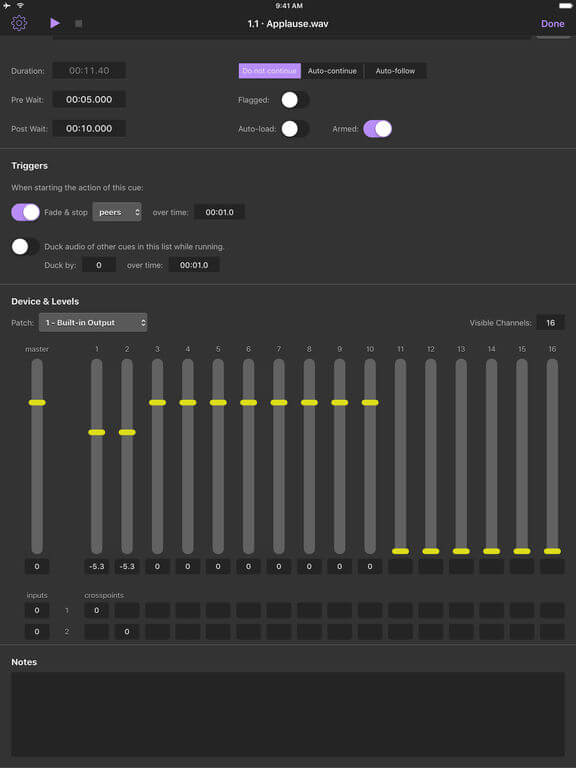

Lm(formula = log(qOut) ~ log(qCap) + log(qLab) + log(qMat) + + I(log(qCap)*log(qMat)) + I(log(qLab)*log(qMat)), data = data) With the arrangements made for the linear case now I have it ready to obtain the coefficients and the predicted output: prodTL = lm(log(qOut) ~ log(qCap) + log(qLab) + log(qMat) + I(0.5*log(qCap)^2) $$y = \beta_0 + \sum_i \beta_i x_i + \frac \ln x_i \ln x_j$$Īnd from that I'll estimate the function coefficients and a prediction of the output. Multiple R-squared: 0.7868, Adjusted R-squared: 0.7821į-statistic: 167.3 on 3 and 136 DF, p-value: |t|)į-statistic: 167.3 on 3 and 136 DF, p-value: < 2.2e-16Ī quadratic production function is of the form: Residual standard error: 1541000 on 136 degrees of freedom T = 8.7546, df = 138, p-value = 3.248e-15Īlternative hypothesis: true correlation is greater than 0Ĭor.test(data$qOut, data$qLab, alternative="greater") That follows a t-Student distribution with \(n-2\) degrees of freedom.Īnd the correlation test for each input is: cor.test(data$qOut, data$qCap, alternative="greater") Ī linear production function is of the form: Now I’ll examine appleProdFr86 dataset: data("appleProdFr86", package = "micEcon") Price index of the aggregate output (not in the original data set, artificially generated)ĭummy variable indicating the use of an advisory service (not in the original data set, artificially generated) Quantity index of all outputs (not in the original data set, calculated as \(580,000 \times (qApples + qOtherOut)\)) This data frame contains the following columns: VariableĬosts of labour (including remuneration of unpaid family labour)Ĭosts of intermediate materials (e.g. These data have been extracted from a panel data set that was used in Ivaldi et al.

Qlab alternative install#
Library(stats4) #this is a base package so I don't install thisįrom package’s help: “The appleProdFr86 data frame includes cross-sectional production data of 140 French apple producers from the year 1986. Packages installation: #install.packages(c("micEcon","lmtest","bbmle","miscTools"))

I’ll use that package and some others to show some concepts from Microeconomic Theory. Last week I found a lot of materials I used as teaching assistant.Īmong those materials I found some class notes from Arne Henningsen, the author of micEcon R package.


 0 kommentar(er)
0 kommentar(er)
